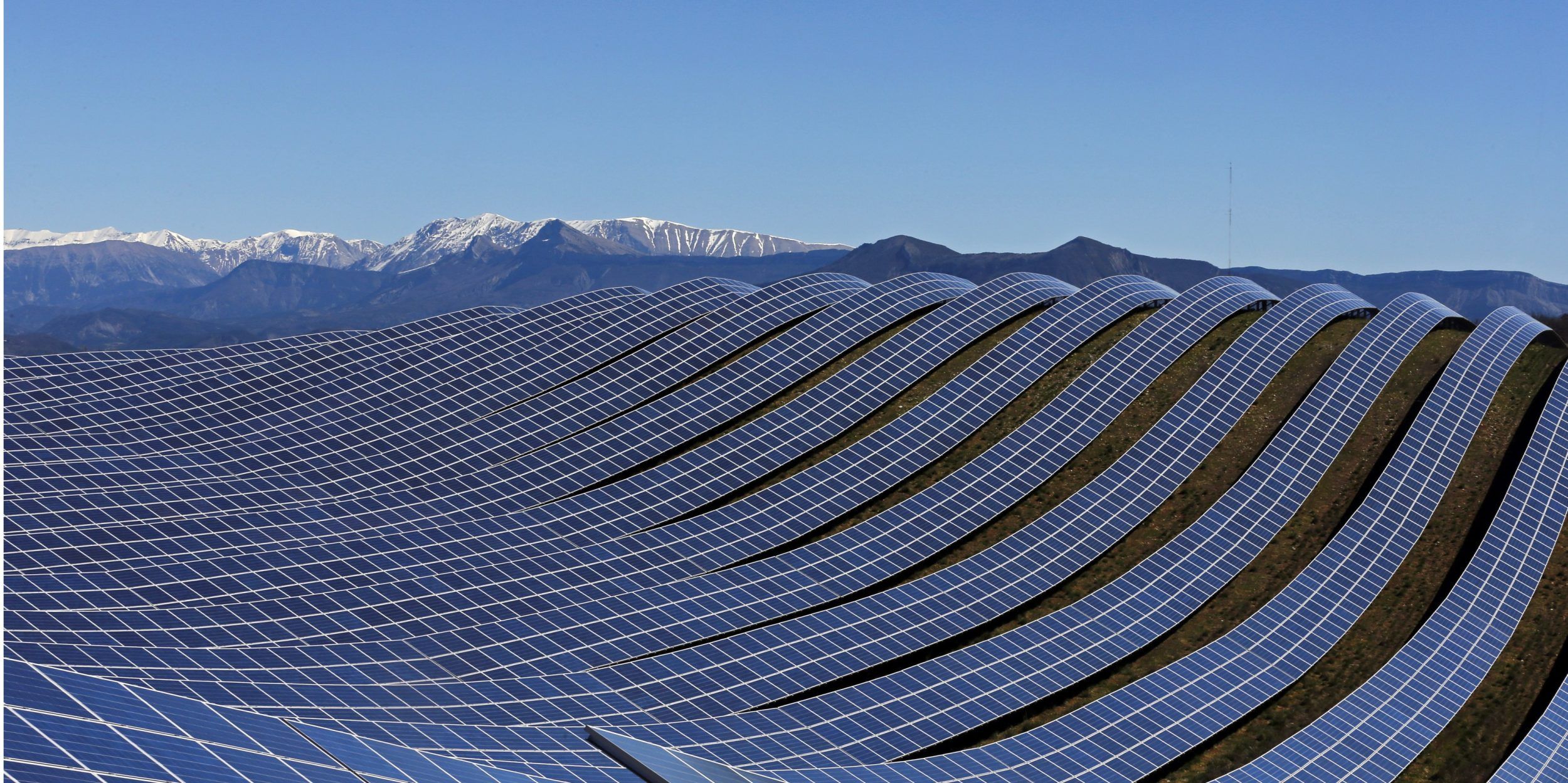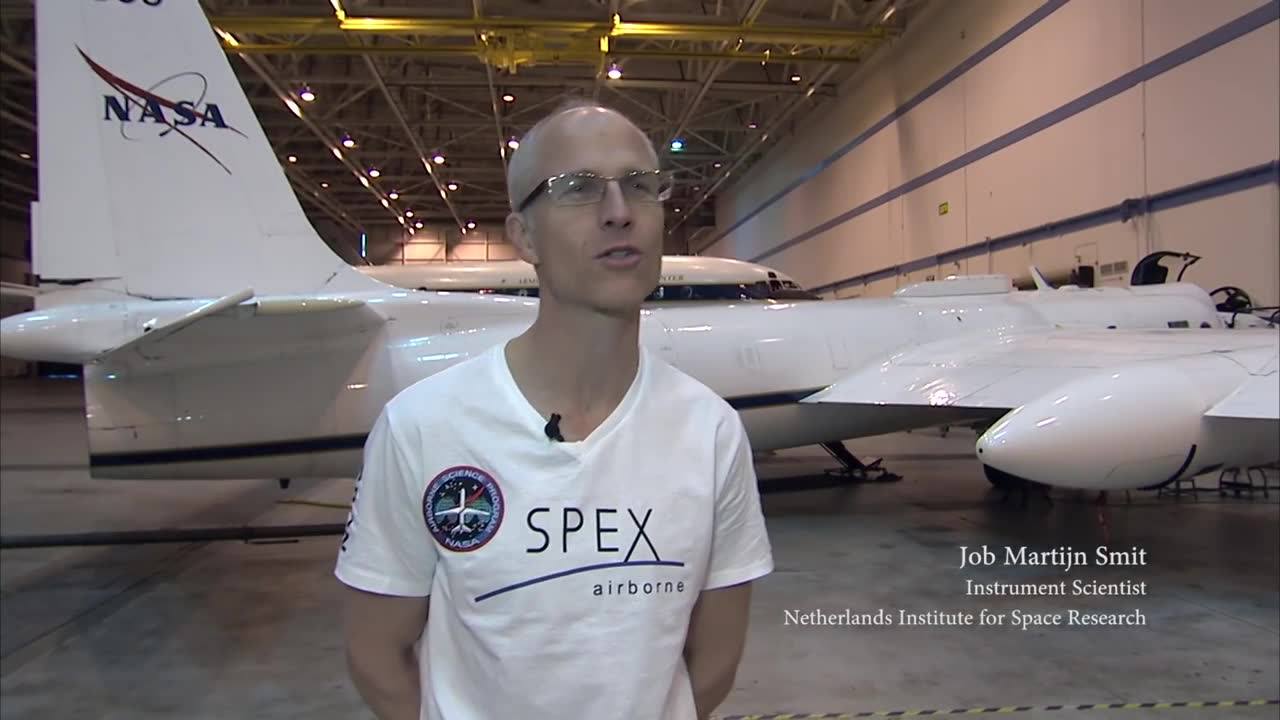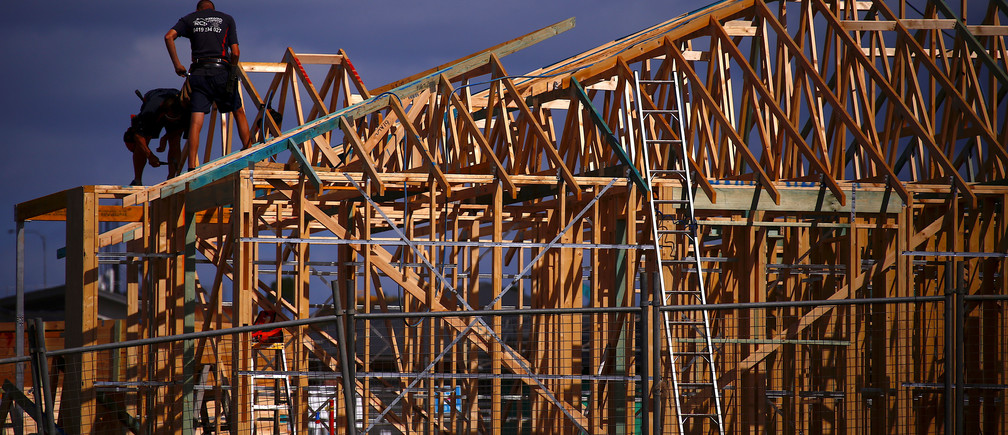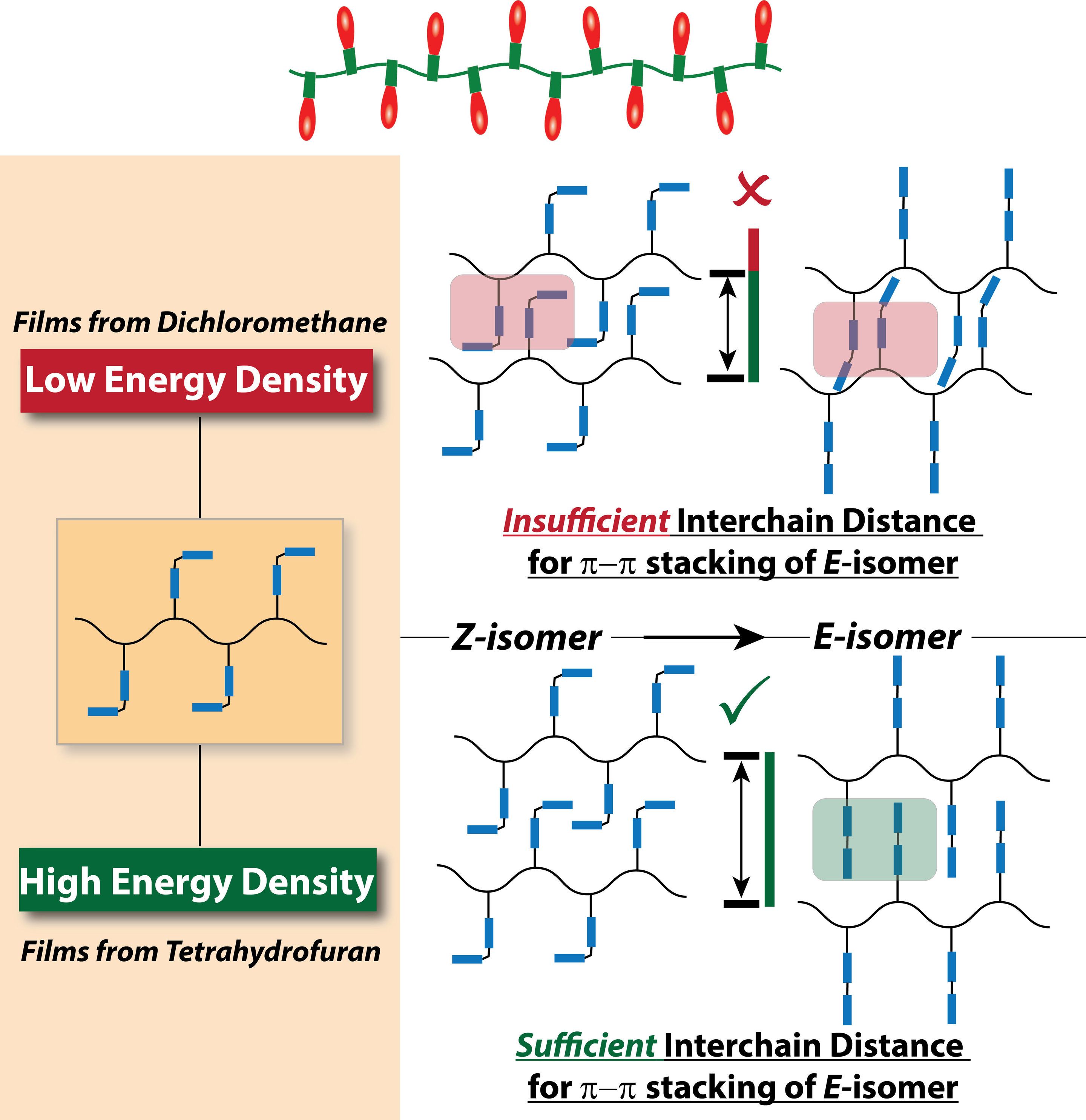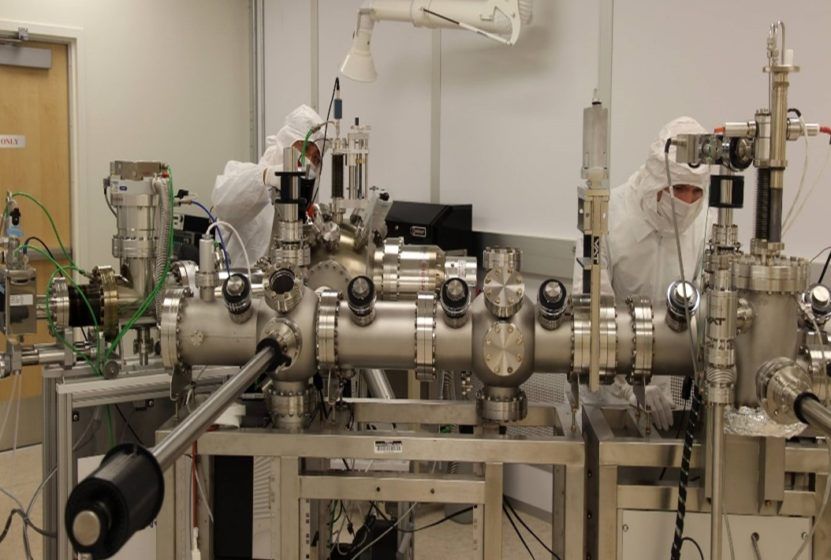Dec 30, 2017
Scientists Say Air Pollution Will Be Our Top Killer by 2050
Posted by Brady Hartman in categories: biotech/medical, life extension, sustainability
Can anyone suggest how we can prevent this from happening to us?
Summary: Air pollution and global warming will ascend to the top cause of death in the next three decades, say researchers from the University of Southern California. The scientists add that the polluted air will lead to a rise in lung disease, heart attacks, and strokes. [This article first appeared on the LongevityFacts.com website. Author: Brady Hartman.]
A pair of expert scientists from the University of Southern California (USC) in Los Angeles says that global warming and air pollution will ascend to the top cause of death due to “ischemic heart disease, stroke, cancer, chronic lower respiratory disease.”
Continue reading “Scientists Say Air Pollution Will Be Our Top Killer by 2050” »



